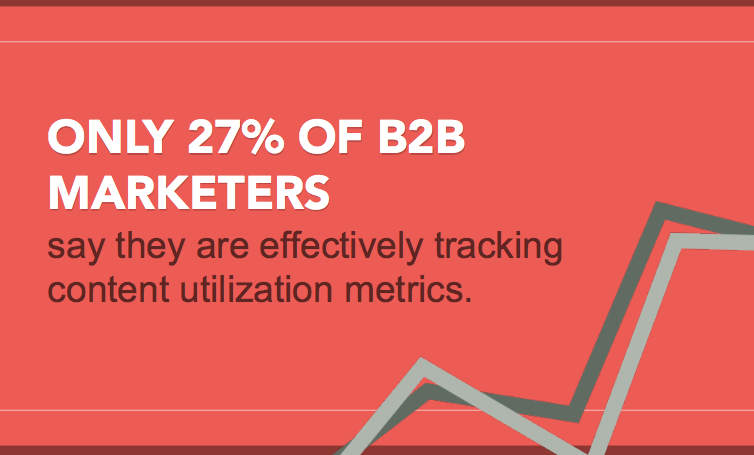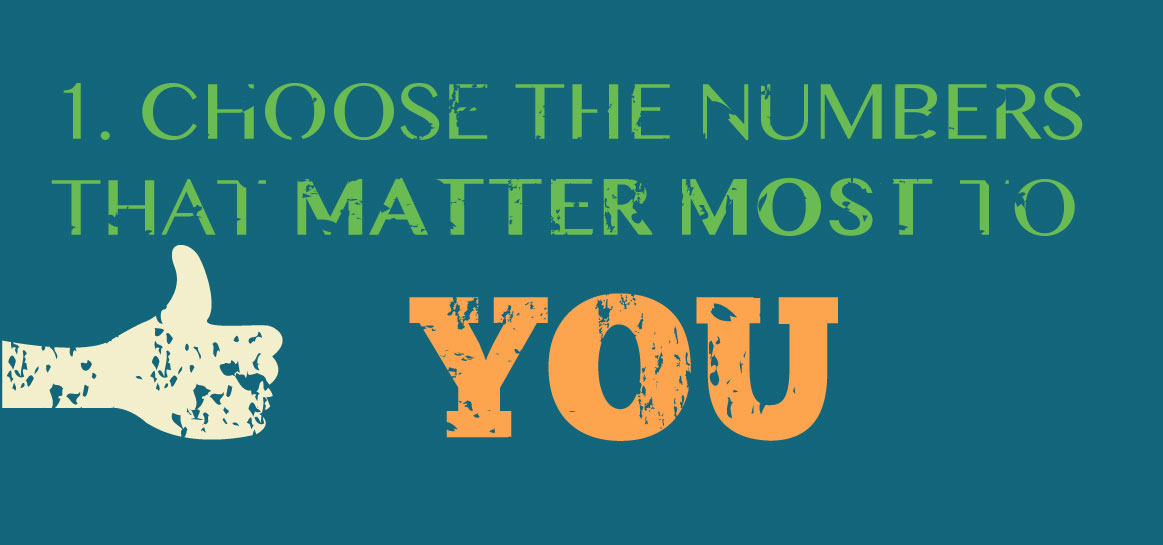
Content analytics and wearable technology have a lot in common. They’re both trendy, data-driven resources that are useless without some human intelligence.
Because in today’s world, “data” is the ultimate fashion statement. Wearable technology has become a $3 billion dollar industry. And even we marketers have learned, “data” is the ultimate accessory.
But data is only truly useful when we can draw actionable insights from it. Raw data is just that: raw. Uncooked. Unprocessed. It’s the marketer’s job to make sense of it all. Unprocessed data for users of wearable technology might mean you never use your fitness watch to find out how many calories you’ve burned. Unprocessed data for content marketers might mean you don’t know how many page views your blog posts receive, or how page views relate to your goals.
So, instead of letting your data rot….
Put It To Use
So once you have data, make sure you take advantage of the lessons it’s teaching you. After all, we can be smarter with our data if we just put in a little effort. Here are three simple steps to figure out how to process your data.

Ensure that the numbers you’re tracking are useful, actionable, and relevant to you and your goals. Sift through the bogus numbers that have no relevance to your life, and narrow in on the ones that do. This is the first step in crafting a data story that best suits you and your organization’s needs.
In wearable technology this might be: calories burned per day, steps walked per day, or hours of sleep per night.
In content marketing this could be: page views per post, leads generated per channel, or marketing qualified leads (MQLs) attributed to content assets.
Before you start measuring anything, setting goals is essential. They will guide what data you choose to track and analyze. These goals should be measurable, ongoing, and realistic. Just like data-driven goals in your personal life, your data-driven marketing goals should reflect your overarching objectives. If for example, for instance, you want to lose weight, set milestones that measure your daily physical activity.
In wearable technology this could be: continue to burn 500 calories per day, or increase steps per day by 10 steps each day.
In content marketing this could be: increase page views by 10% per month, or generate 10 marketing generated opportunities per month.
This means track your progress. Set a cadence for when you will report on your data-driven goals, and write it down or assess it at that time, every time. This will give you data relativity and better insight into the what’s working, what’s failing, and where you need to step up your game. Stick to goals. Stick to tracking, and soon your data won’t be raw anymore.
In wearable technology this could be: tracking steps taken daily, checking weight monthly.
In content marketing this could be: tracking daily and monthly page views and unique visitors. Compare month-over-month growth for annual reports.
So Next Time You Check Out Your “Heartbeats Per Minute” or “Page Views Per Week”…
…think about what that means. Figure out how that number can shift the way you live your life, and the personal and professional goals you set.



